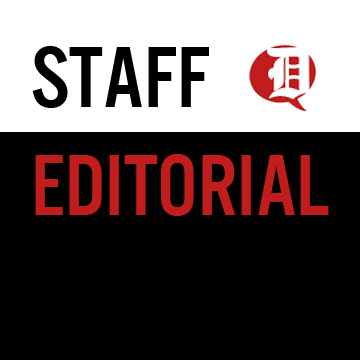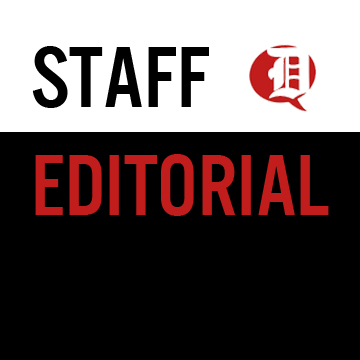
by the editorial staff
Feb. 10, 2022
As Sunday comes around, chances are you’ll be tuning in to watch the Cincinnati Bengals battle the Los Angeles Rams in Super Bowl LVI at SoFi Stadium in Inglewood, Calif., a suburb of Los Angeles.
Or, just maybe, you’ll be one of the nearly 100,000-plus people heading to the big game.
That’s right. The stadium that traditionally houses approximately 70,000 people will expand its capacity to over 100,000 for the Super Bowl.
The place was packed throughout January, particularly when the Rams hosted the nearby San Francisco 49ers on both Jan. 9 (regular season) and Jan. 30 (NFC Championship Game).
At the same time, Los Angeles’ main college basketball programs – USC and UCLA – were not permitting the general public to attend games due to Covid-19 precautions.
Where is the consistency?
On Jan. 13, the third-ranked UCLA Bruins lost a home game to Oregon in front of 119 fans (those being close family and friends).
Just four days later, the Rams beat the Arizona Cardinals in their opening-round playoff game at SoFi Stadium in front of 70,625 fans.
The Galen Center (USC), Pauley Pavilion (UCLA) and SoFi Stadium are all within Los Angeles County. In many instances, public health decisions have been made with a uniform approach overwatching any given county.
Both the Galen Center and Pauley Pavilion have since returned to allowing fans (with proof of vaccination or a negative test required), but why did attendance ever disappear to begin with?
On Jan. 18, UCLA head coach Mick Cronin spoke to the media prior to a Jan. 20 game at Utah, saying, “I think what will help us is to run out in front of fans. I think it’s hugely demoralizing to our guys to play games in empty arenas when there’s 80,000 [70,625, to be exact] people at the Rams game yesterday.”
He’s right. Who wouldn’t be confused by such a measure?
Limiting (or restricting) attendance at games made sense before Covid vaccines were available. But now, it seems unusual to have such inconsistent measures in place within the same county.
Both Gavin Newsom (the governor of California) and Eric Garcetti (the mayor of Los Angeles) were in attendance for the Rams’ Jan. 30 game. That would seem to suggest that they’re okay with full-capacity crowds remaining a staple.
Imagine what a financial loss there would be if the city lost the Super Bowl due to attendance restrictions. It would be a nightmare. It’d be hard to envision a scenario in which that happens.
As private universities, however, both USC and UCLA have every right to make the decisions they see fit when it comes to their attendance policies for games.
But it just doesn’t make sense. The vaccination/negative test protocols have been in place since the start of the season. Nothing has changed on that front. So why the sudden change when the city and county weren’t requiring it?
It should be an all-or-nothing deal. Consistency is key, but it’s been non-existent lately.
Is public health still at the forefront? Or does money talk?



